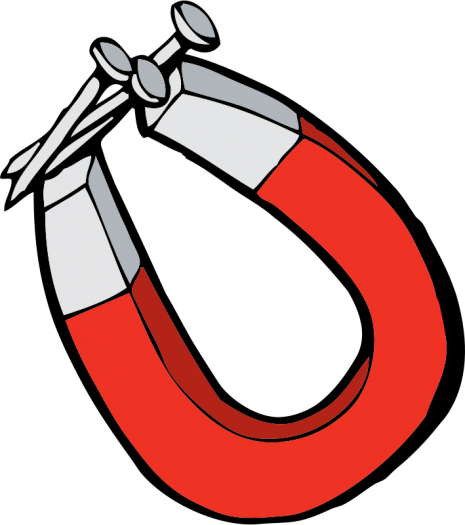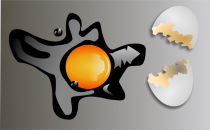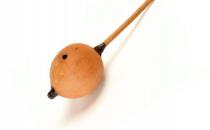
Magnetism and Electrostatics - Year 4 CLE

This Connected Learning Experience helps teach about non-contact forces.
The resource is an ASSIST Connected Learning Experience (CLE) designed to help teach Year 4s about non-contact forces.
Description: In this investigation, non-contact forces are investigated in the context of magnetism and electrostatic electricity to show that some forces can move objects without directly touching them.
Learning intentions
Students will be able to:
- use contact and non-contact forces to describe interactions between objects;
- identify when science is used to ask questions and make predictions;
- follow instructions to identify investigable questions about familiar contexts and predict likely outcomes from investigations;
- discuss ways to conduct investigations and safely use equipment to make and record observations;
- use tables and simple column graphs to organise their data and identify patterns in data;
- suggest explanations for observations and compare their findings with their predictions;
- suggest reasons why their methods were fair or not;
- complete simple reports to communicate their methods and findings.
The SVG-based diagram that the external link takes you to is best viewed with a browser other than Internet Explorer.
New Australian Curriculum 9 Codes: AC9S4U03 (Year 4)
Additional Information
The Connect Learning Experience Resource
A Connected Learning Experience (CLE) is a resource package designed to support the use of inquiry investigations in the classroom.
Each CLE may not encompass all the concepts and skills addressed in the specific content descriptions outlined by the Australian Curriculum: Science for that year level. The Learning Intentions clearly define the aims and objectives of the CLE.
Year 4 Achievement Standard:
This lesson sequence provides opportunities to gather information about students’ achievement of specific components in the standards (which are bolded in the statements below).
By the end of Year 4, students apply the observable properties of materials to explain how objects and materials can be used. They use contact and non-contact forces to describe interactions between objects. They discuss how natural and human processes cause changes to the Earth’s surface. They describe relationships that assist the survival of living things and sequence key stages in the life cycle of a plant or animal. They identify when science is used to ask questions and make predictions. They describe situations where science understanding can influence their own and others’ actions.
Students follow instructions to identify investigable questions about familiar contexts and predict likely outcomes from investigations. They discuss ways to conduct investigations and safely use equipment to make and record observations. They use provided tables and simple column graphs to organise their data and identify patterns in data. Students suggest explanations for observations and compare their findings with their predictions. They suggest reasons why their methods were fair or not. They complete simple reports to communicate their methods and findings.
Relevant prior curriculum knowledge:
Science / Year 2 / Science Understanding/ Physical sciences
Content description
A push or a pull affects how an object moves or changes shape (ACSSU033).
- Year 4 > Science Inquiry Skills > Communicating > Represent and communicate observations, ideas and findings using formal and... > ACSIS071
- Year 4 > Science Inquiry Skills > Evaluating > Reflect on investigations, including whether a test was fair or not > ACSIS069
- Year 4 > Science Inquiry Skills > Planning and conducting > Consider the elements of fair tests and use formal measurements and digital... > ACSIS066
- Year 4 > Science Inquiry Skills > Planning and conducting > With guidance, plan and conduct scientific investigations to find answers to... > ACSIS065
- Year 4 > Science Inquiry Skills > Processing and analysing data and information > Compare results with predictions, suggesting possible reasons for findings > ACSIS216
- Year 4 > Science Inquiry Skills > Processing and analysing data and information > Use a range of methods including tables and simple column graphs to represent... > ACSIS068
- Year 4 > Science Inquiry Skills > Questioning and Predicting > With guidance, identify questions in familiar contexts that can be investigated... > ACSIS064
- Year 4 > Science Understanding > Physical Sciences > Forces can be exerted by one object on another through direct contact or from a... > ACSSU076
- Year 4 > Science as a Human Endeavour > Nature and development of science > Science involves making predictions and describing patterns and relationships > ACSHE061


